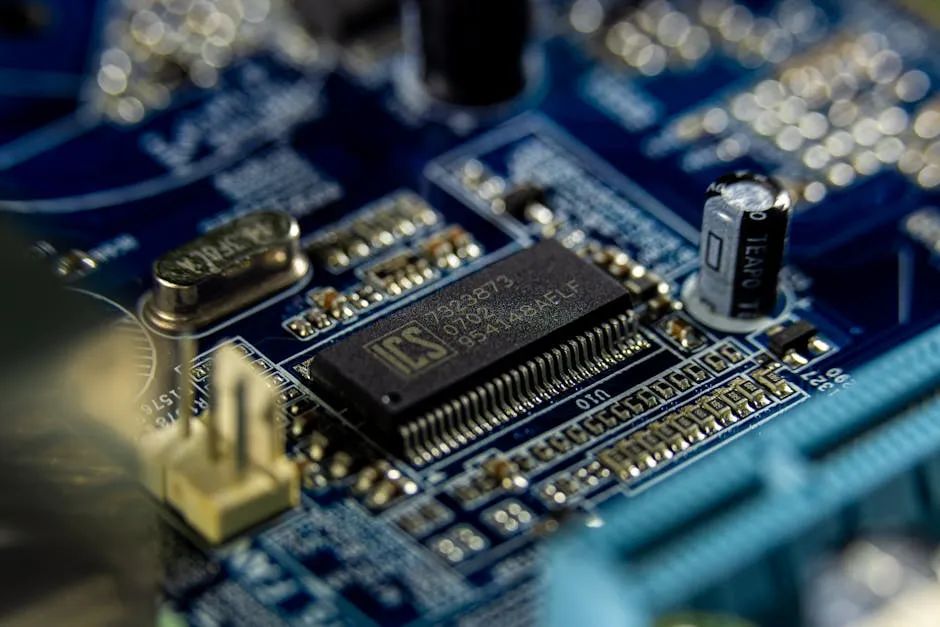Many people encounter the Raspberry Pi development board for the first time, typically the 4B model. Although this development board may not be as powerful as others, it excels in versatility and has an appropriate level of development difficulty. This article will discuss the key considerations for electronic engineers working with the Raspberry Pi development board for the first time, hoping to assist fellow enthusiasts.

1. Pin Layout and OrientationEnsure that the GPIO pin layout of the Raspberry Pi 4B corresponds exactly with the pins on the T-shaped board or expansion board to avoid incorrect connections. Pay special attention to the orientation of the pins, especially for ribbon cables that lack foolproof designs, ensuring the direction is correct.
2. Power and Ground LinesPrioritize the layout of power and ground lines to ensure stable power supply and reduce interference. The power layer and ground layer should be tightly coupled to enhance EMC performance.
3. Prioritize Routing of Key Signal LinesPrioritize the routing of key signals such as power, analog small signals, high-speed signals, clock signals, and synchronization signals. Try to avoid long parallel runs of key signal lines with other signal lines to reduce crosstalk.
4. Signal Layer and Power Layer PlanningSelect the appropriate number of PCB layers based on project requirements, ensuring reasonable distribution of signal layers and power layers. High-speed signal transmission layers should be sandwiched between two inner power layers to improve interference resistance.
5. Impedance Matching and Routing RulesPerform impedance matching design for networks with impedance requirements, such as USB and HDMI interfaces. Follow the 3W rule, increase the spacing of parallel routing, and reduce crosstalk.
6. Heat Dissipation and SpacePay attention to heat dissipation design near heat sources, ensuring sufficient space for heat dissipation. Avoid placing temperature-sensitive components near high-temperature elements.
7. PCB Layer Stacking StructureSelect an appropriate stacking structure, such as signal layer-ground layer-power layer-signal layer, to improve signal integrity and EMC performance.
8. Process Edges and MARK PointsArrange process edges reasonably based on PCB size and process requirements. Ensure at least three MARK points to prevent positioning issues in case of damage.
9. Component LayoutThe layout of components should consider future debugging and maintenance, with test points added in key positions. Locations or interfaces that require frequent plugging and unplugging should be reinforced to improve soldering strength.
10. High-Frequency Components and Power DesignHigh-frequency components should be kept away from logic control circuits and high-speed storage circuits to reduce interference. Use appropriately sized capacitors to improve high-frequency power ripple and spikes.
11. Routing DetailsAvoid sharp angles and right angles in routing to reduce radiation and process issues. It is recommended to use 45-degree or arc transitions for routing to enhance aesthetics and performance.
12. Hole and Pad DesignThe number of vias should be reasonably controlled to avoid excessive reduction of mechanical strength. Pad design should consider soldering processes and reliability, with preferred output methods being long-axis symmetrical or short-axis symmetrical.
This article is an original piece by Fan Yi Enterprise Training. Please indicate the source when reprinting!
Submissions/Recruitment/Advertising/Course Collaboration/Resource Exchange; please add WeChat: 13237418207